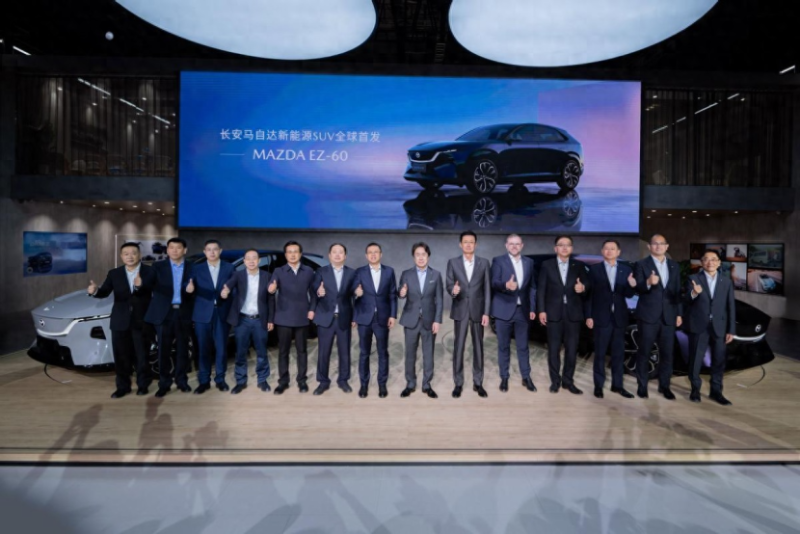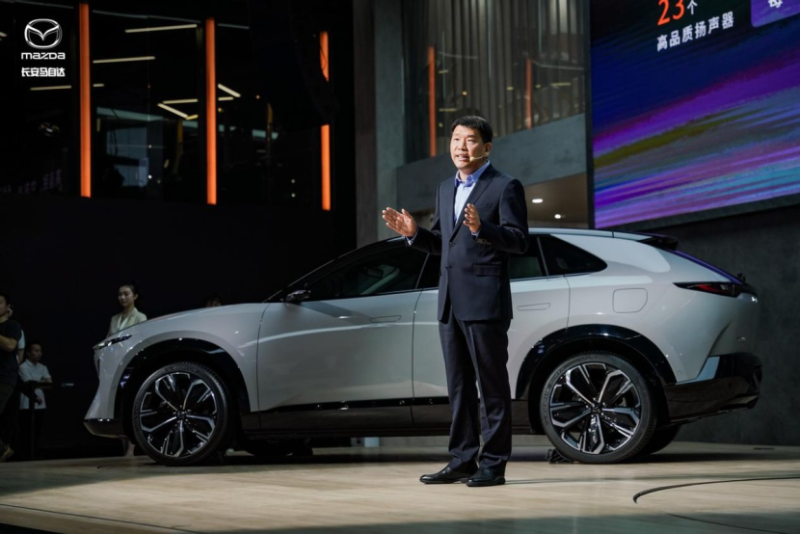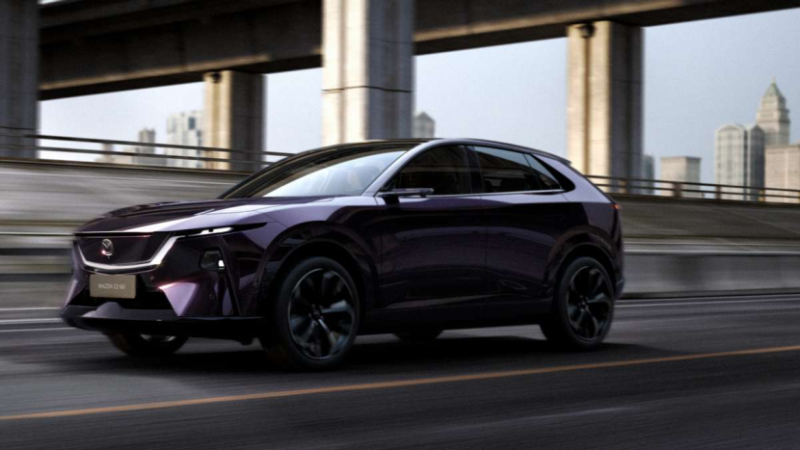Mazda EZ-60 Hits 10,060 Orders: A New Era in China-Japan Auto Collaboration
WilliamApr 29, 2025, 12:27 PM

【PCauto】During the Shanghai Auto Show, the EZ – 60, jointly developed by Mazda and Changan Automobile, became one of the focal points.

The car received 10,060 orders within just 48 hours after its debut due to its excellent market performance that reflects not only the product’s charm but also the shift of position in the collaboration between the Chinese and Japanese automotive industries.

In recent years, Japanese automakers have faced unprecedented challenges in the Chinese automotive market. In 2024, the top three Japanese automakers—Toyota, Nissan, and Honda—all experienced different degrees of sales decline in China. Toyota’s sales fell by 6.9% year-on-year, Nissan’s by 15.2%, and Honda’s by 30.9%.
The collective market share of Japanese automakers in China has also sharply declined, dropping from 24.1% in 2020 to just 13.7% in 2024. Challenges in the traditional internal combustion engine (ICE) market have forced Japanese automakers to accelerate their transition toward electrification.
Under this background, China’s technological advancements in electrification and intelligent driving have become a crucial pathway for Japanese automakers to seek breakthroughs.

China has been the world’s largest market for new energy vehicles (NEVs) for a long time. In 2023, NEV production and sales in China reached 9 million units, accounting for an important share of the global NEV market.
At the same time, China’s progress in automotive technology cannot be negelected. Changan Automobile’s EPA platform has already achieved international competitiveness.
Mazda’s decision to collaborate with Changan on vehicle development is driven by the latter’s technical expertise in electrification platforms and cost-control capabilities.

The EZ-6 clearly shows the achievement of the technological integration. In terms of exterior design and aerodynamic optimization, Mazda’s leadership in the 9-airflow-channel design played a key role, effectively reducing the vehicle’s drag coefficient and increasing its range by 41 kilometers.

In terms of intelligent cockpits, Mazda and Changan have achieved cross-border innovation. The MediaTek 4nm chip is supplied by China, combined with Mazda’s proprietary HUD eye-tracking technology, has created the world’s first 100-inch naked-eye 3D projection intelligent cockpit, delivering an unprecedented immersive experience for drivers.

The Mazda EZ-60, developed on Changan’s EPA platform, has significantly reduced manufacturing costs through shared supply chains.
Meanwhile, by localizing production in China, the Mazda EZ-60 avoids import tariffs and other costs. Combined with the quality control expertise accumulated by Japanese automakers through decades of production experience (similar to the quality assurance practices seen in the GAC Toyota collaboration model), the vehicle achieves an optimal balance between cost and quality.
Unlike the traditional “technology-for-market” model once dominated by Japanese automakers in collaboration with Chinese counterparts, Mazda and Changan’s collaboration on the EZ-60 project is more equal.

Changan provides its core electrification platform technology, while Mazda focuses on vehicle design and tuning, with both parties sharing intellectual property equally. This cooperative model breaks the unidirectional flow of technology typical of traditional joint ventures, establishing a new paradigm of bidirectional exchange in technology, resources, and beyond.
For Japanese automakers, cooperating with Chinese companies provides rapid access to China’s advancements in electrification technologies like batteries and autonomous driving, accelerating their own transformation.

The 10,060 orders of the Mazda EZ-60 shows the success of this position shifting in Sino-Japanese automotive collaboration under the global automobile industry transformation. Notably, this trend will occur in other markets, as seen with the Mazda 6e’s exports from China to Southeast Asia and Europe—a precedent that may soon happen to Toyota and Nissan as well.



